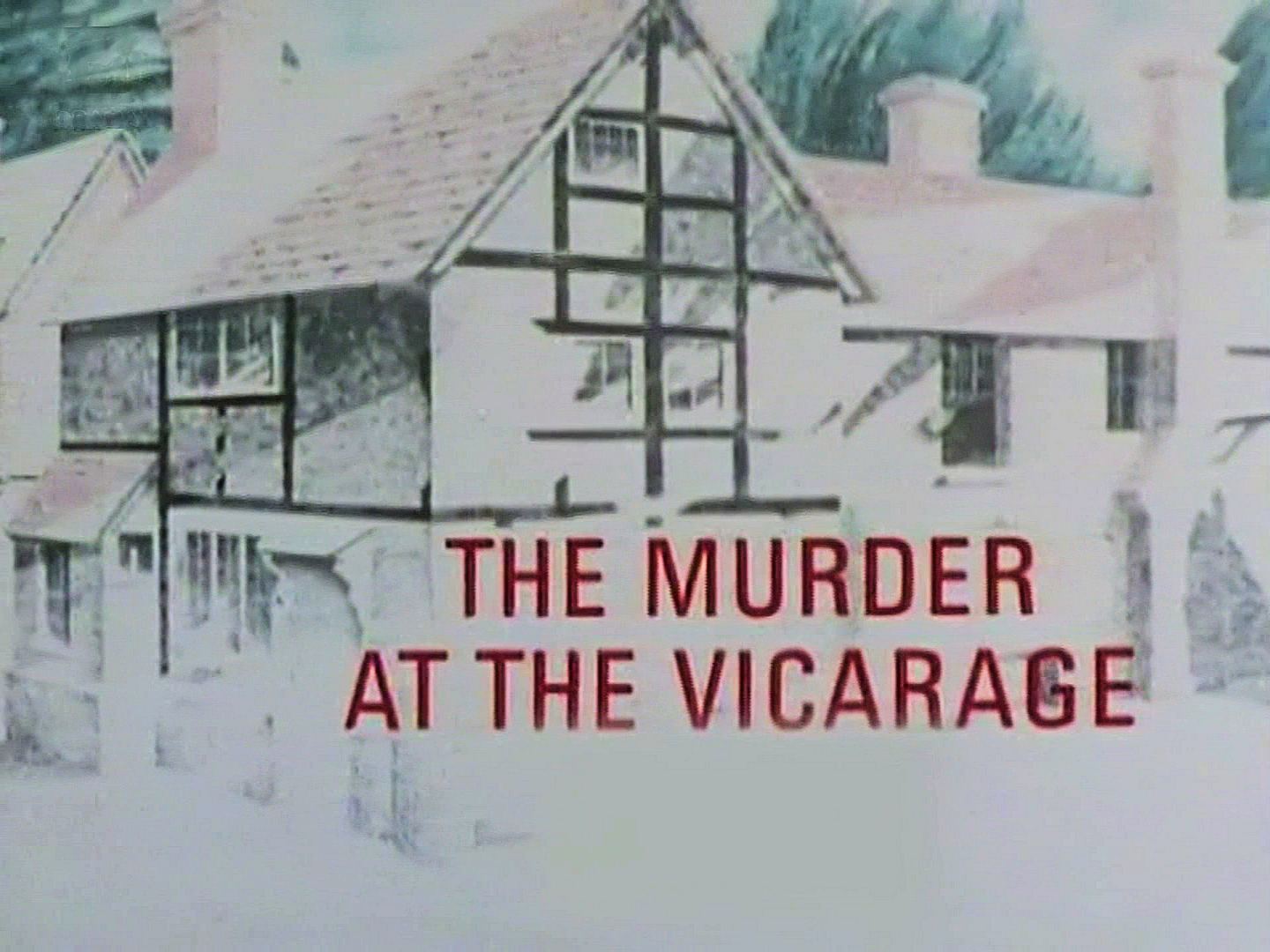

She proves him wrong by showing that the smashed clock was turned 15 minutes past, perhaps to frame Anne who was, supposedly, in the vicarage at that time. Miss Marple offers her help to Inspector Slack who initially dismisses her as a doddering old maid who can't help much. In turn, Anne admits to the crime, perhaps to protect Lawrence. He says he did it for Protheroe's daughter, Anne. Lawrence admits to the crime, turning himself into the police.


A smashed clock is stuck on 6:20, leading Miss Marple to believe that is the time of death, though Inspector Slack says the crime could have taken place at any time between 6:20 and 6:40. The next day, Protheroe is found murdered with a bullet in the head in the vicarage at 6:40. The housemaid, Mary, also hates Protheroe after he takes great pleasure in sending her boyfriend to prison on charges of poaching. They each describe how they would kill the much-despised Colonel Protheroe all except Miss Marple, that is. In the evening, Miss Marple joins Anne, Lawrence, the vicar Leonard Clement, the vicar's wife, Griselda, their nephew, Dennis, and the curate Hawes at the vicar's house for dinner.

Miss Marple agrees to have lunch with Protheroe's unhappy wife, Anne. Mary Mead gather after church to gossip about numerous things, including the possible indiscretions of Protheroe's daughter, Lettice, who, apparently, is shacking up with artist Lawrence Redding, and a missing one-pound note from the collection jar. The novel stars the elderly spinster detective Miss Marple in her first of many appearances in Christie's collection of mysteries. Murder at the Vicarage, a 1930 detective novel by legendary mystery writer Agatha Christie, concerns the murder of Colonel Lucius Protheroe, a man so despised that multiple people confess to the crime after the fact.


 0 kommentar(er)
0 kommentar(er)
